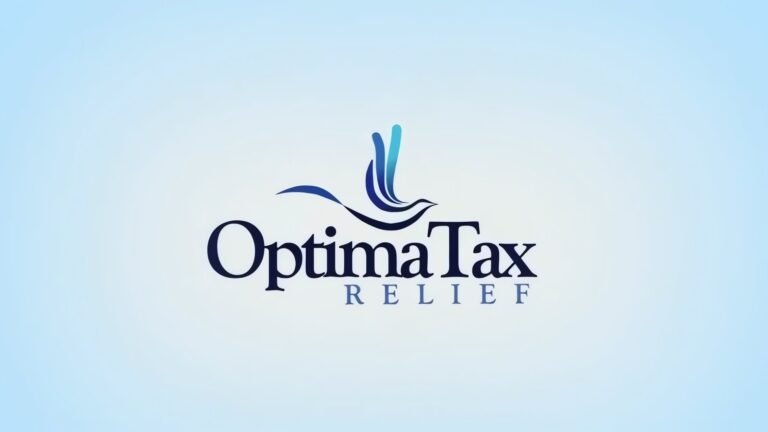Essential Insights
-
Ransomware Attack: Optima Tax Relief, a leading U.S. tax resolution firm, was targeted in a double-extortion Chaos ransomware attack, with 69 GB of sensitive corporate data and customer case files stolen.
-
Personal Data at Risk: The stolen data includes sensitive personal information such as Social Security numbers, phone numbers, and home addresses, raising concerns about potential identity theft and malicious activity.
-
Threat Landscape: Chaos ransomware, a relatively new operation that began in March 2025, is known for both data encryption and theft, further highlighted by their claims of breaching other organizations, including the Salvation Army.
- Ongoing Updates: BleepingComputer reached out to Optima Tax Relief for a response regarding the attack and will provide updates as more information becomes available.
What’s the Problem?
Optima Tax Relief, a prominent U.S. tax resolution firm reputed for assisting clients with complex tax issues, recently fell victim to a devastating Chaos ransomware attack. This incident involved a double-extortion tactic, wherein cybercriminals not only encrypted the firm’s servers but also pilfered a substantial 69 GB of sensitive data, including corporate documentation and customer case files. The Chaos ransomware group, which emerged in March 2025, has since included Optima on its data leak site, exposing potential threats to individuals through the dissemination of sensitive personal information, such as Social Security numbers and home addresses.
The ramifications of this breach extend beyond mere data theft; the theft of invaluable and intimate tax-related information underscores the risks associated with modern cybersecurity vulnerabilities. BleepingComputer, a trusted tech news outlet, has initiated inquiries with Optima Tax Relief to gather further insights into the situation, marking a critical step in understanding the breadth of the attack and its implications. Notably, this incident is part of a troubling trend, as Chaos ransomware has also claimed other high-profile victims, emphasizing the urgent need for enhanced cybersecurity measures across industries.
Critical Concerns
The recent Chaos ransomware attack on Optima Tax Relief poses significant risks not only to the firm but also extends its threat spectrum to a multitude of businesses, users, and organizations that may also be impacted. With the breach involving 69 GB of sensitive information, including critical tax documents laden with personally identifiable information (PII) such as Social Security numbers and addresses, the potential for identity theft and malicious exploitation by other threat actors skyrockets. This incident underscores a pervasive vulnerability within the data landscape, where the interplay of double-extortion tactics—wherein data is both stolen and encrypted—can lead to cascading ramifications. Organizations reliant on similar networks or client bases are not just faced with the immediate threat of financial loss or reputational damage; they may also grapple with enhanced regulatory scrutiny and an erosion of customer trust as the specter of compromised data security looms large. The reverberations from Optima’s breach could thereby catalyze a wider wave of security concerns within the tax resolution industry and beyond, compelling entities to re-evaluate their data protection measures and fostering a climate of heightened apprehension toward cyber resilience.
Possible Action Plan
Timely remediation is paramount in today’s digital landscape, particularly when sensitive data is compromised. The recent ordeal involving tax resolution firm Optima Tax Relief underscores the critical implications of ransomware and the consequent data breach, emphasizing the need for swift and effective action.
Mitigation Steps
- Incident Response Plan: Activate a robust incident response strategy to manage the breach effectively.
- Data Backup: Ensure recent backups are intact and restore affected systems to a state prior to the attack.
- Threat Assessment: Conduct a thorough analysis to determine the scope and severity of the data leak.
- Strengthen Cybersecurity: Enhance security measures, including firewalls, encryption, and intrusion detection systems.
- Employee Training: Implement cybersecurity training to foster awareness of phishing and other common attack vectors.
- Legal Consultation: Engage legal counsel to navigate regulatory implications and client notification requirements.
- Public Relations Management: Develop a communication plan to address stakeholder concerns and recover organizational trust.
NIST CSF Guidance
The NIST Cybersecurity Framework (CSF) emphasizes the importance of timely responsiveness to cyber incidents, advocating for a cycle of identify, protect, detect, respond, and recover. Particularly, Special Publication (SP) 800-61, "Computer Security Incident Handling Guide," provides detailed recommendations for incident management, ensuring that organizations can effectively mitigate risks and recover swiftly from attacks.
Explore More Security Insights
Discover cutting-edge developments in Emerging Tech and industry Insights.
Understand foundational security frameworks via NIST CSF on Wikipedia.
Disclaimer: The information provided may not always be accurate or up to date. Please do your own research, as the cybersecurity landscape evolves rapidly. Intended for secondary references purposes only.
Cyberattacks-V1

